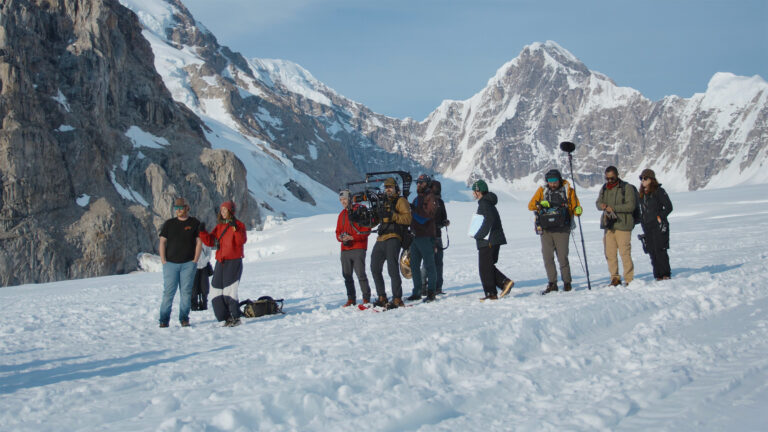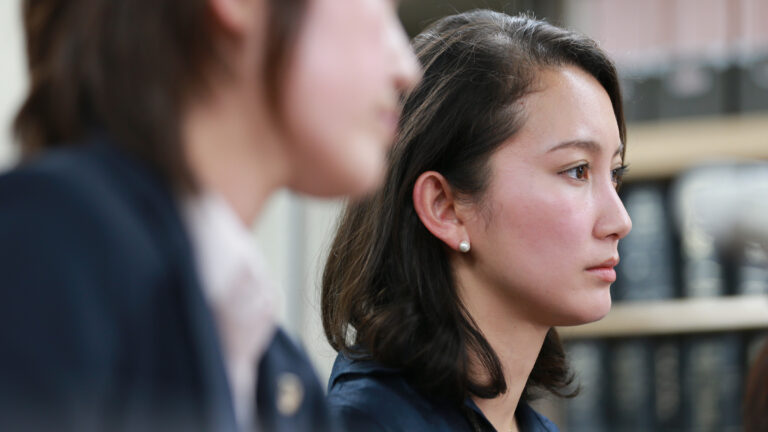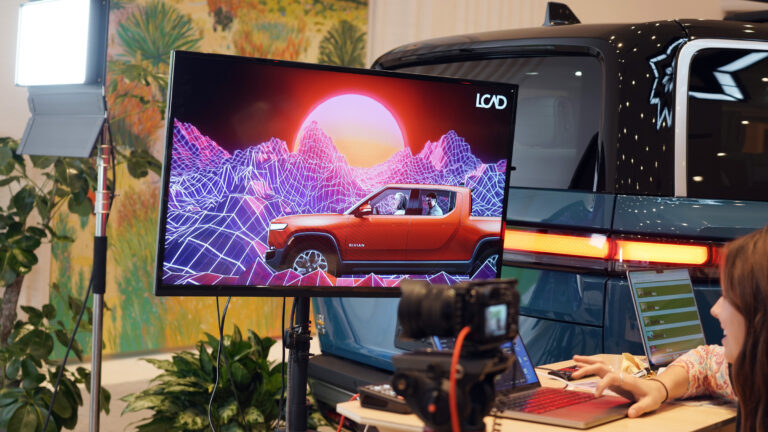Fearlessly Independent—That’s the theme of the latest ad campaign from New Balance. Directed by Philip Andelman, the television spot features a group of athletes and follows the life of a shoe from the factory to the field. The commercial introduces a new brand slogan for New Balance and has already been viewed over 9 million times on YouTube alone.
While the text in the spot reads “Declare Your Independence,” the production was anything but an independent endeavor. A coalition of companies and creatives came together to bring this project to life.
Editor Andrew Pulaski from Abstrakt sat down with us to discuss the ins and outs of the collaborative process for the piece, including the editorial challenges of working with multiple companies.
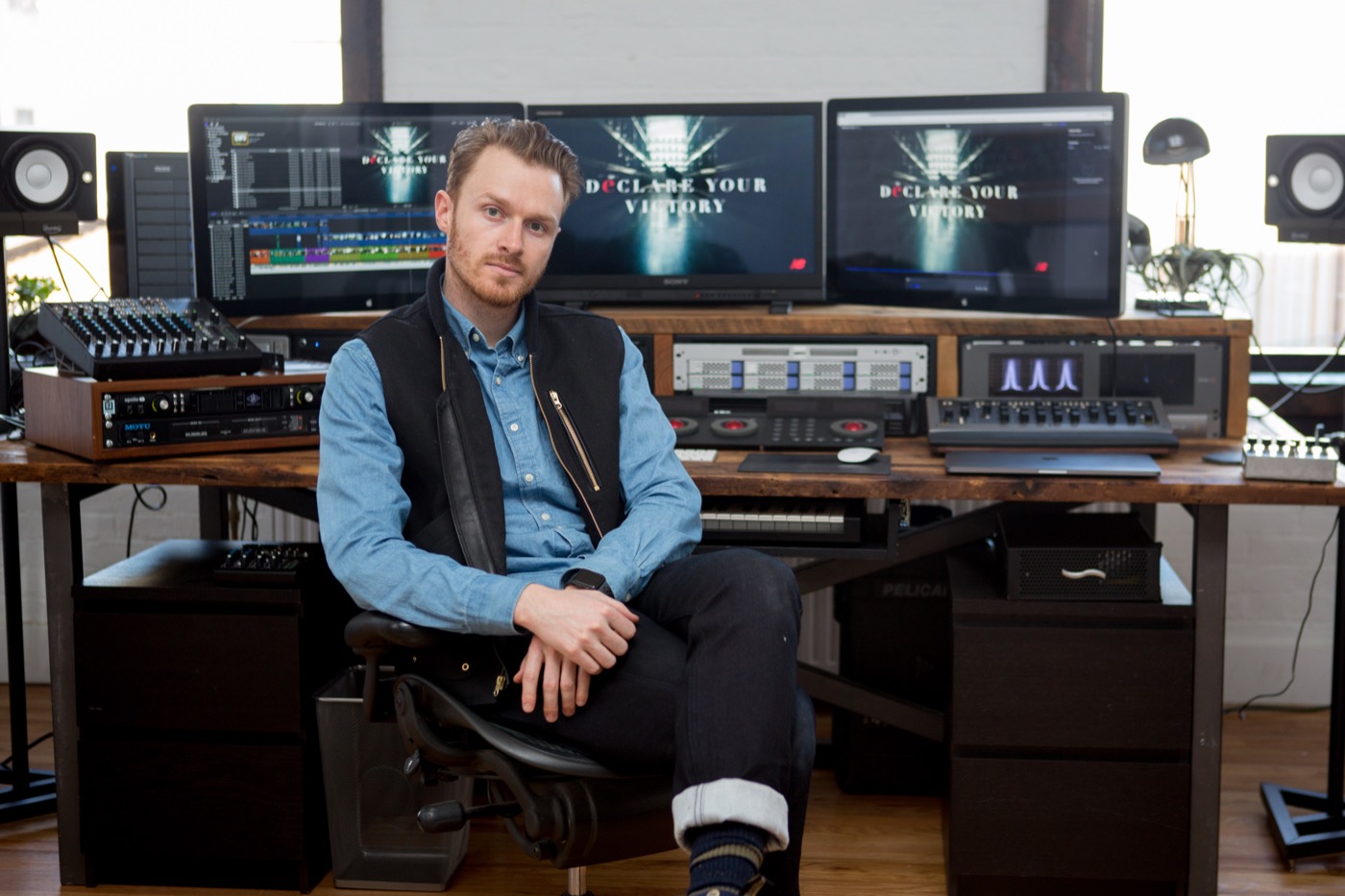
“It’s definitely a unique project. I feel like we’re seeing a lot of this darker, edgier, almost avant-garde type of feel coming out of a lot of these types of spots. But this one actually had a very uplifting, different kind of vibe. Musically, the energy that came out of it and the highlights of all these different athletes, they were all quite interesting. The project itself was a very interesting collaboration all around between the director (Philip Andelman), the agency, and the creative directors involved. It was a great overall experience.”
Cameras, Codecs, and Computers
First, we talked details. It’s vital to discuss formats and workflows during pre-production, as a minor codec or metadata error can lead to a big headache down the line. Communication is key.
“The film was shot and delivered in stages. The acquisition was all ARRIRAW, the majority of which was shot on an Alexa Mini. We used an Alexa SXT on a few of those days, as such, the entire workflow was ARRIRAW. It was also shot open gate, and we knew we were going to deliver at that aspect ratio, so we shot for 4:3.”
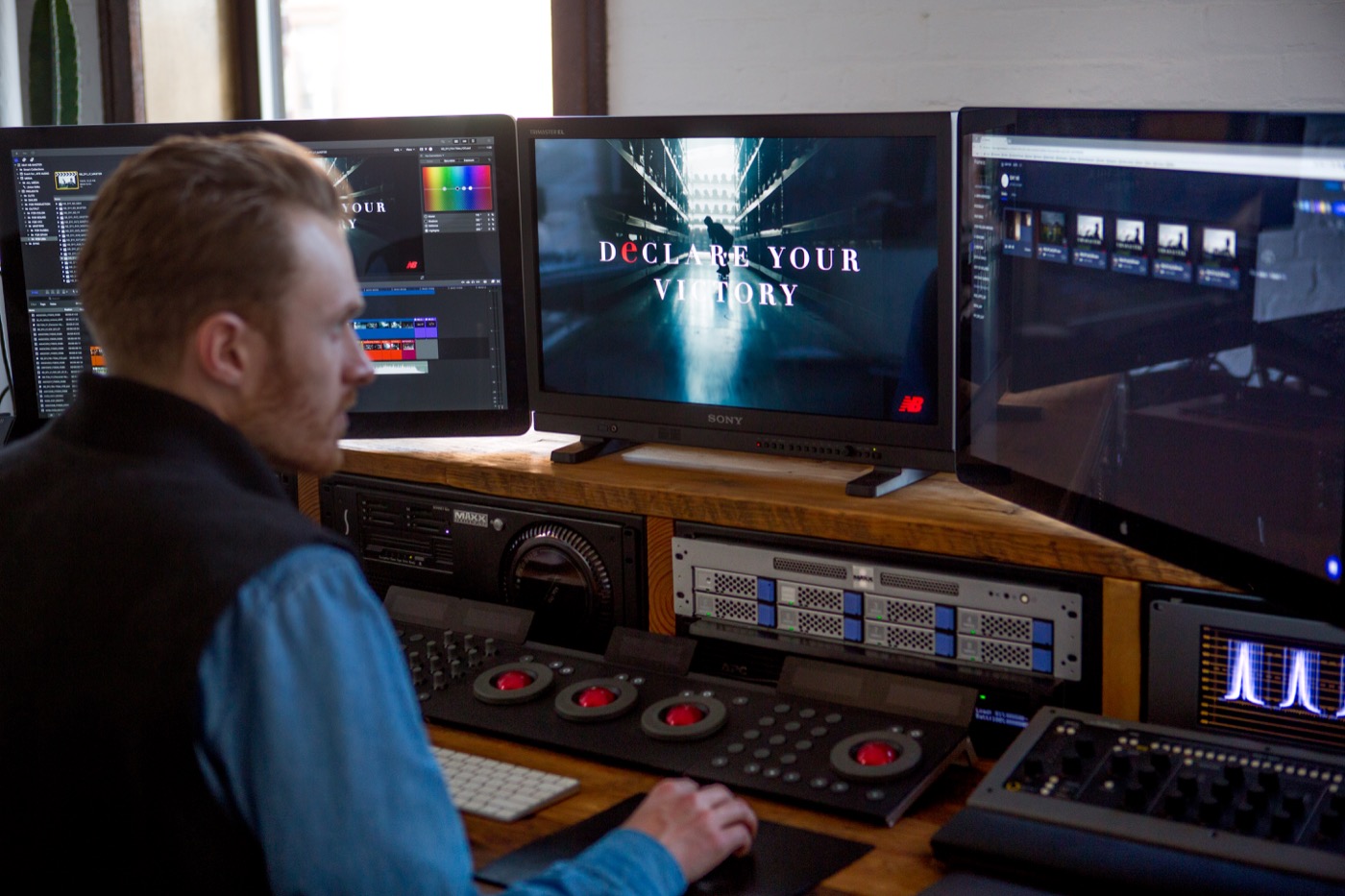
“Throughout the process, Production handled creating ARRI Prores 422 1080p LT dailies with a LUT baked in. There was one leg of the production where Abstrakt handled the dailies processing but this was the last leg of production which had a smaller footprint and did not have the resources to do so in a timely fashion on set.
“Glyph drives were shipped from each different location to Abstrakt for ingest. These drives included ARRI RAW + the Dailies. As Abstrakt received these drives we would back up ARRIRAW to LTO and ingest the dailies directly into FCPX.”
“For our main editing station, we had a full “trash can” (Apple’s desktop MacPro) setup running Blackmagic IO connected to a 48 terabyte RAID, all running through a Thunderbolt PCIE expansion.
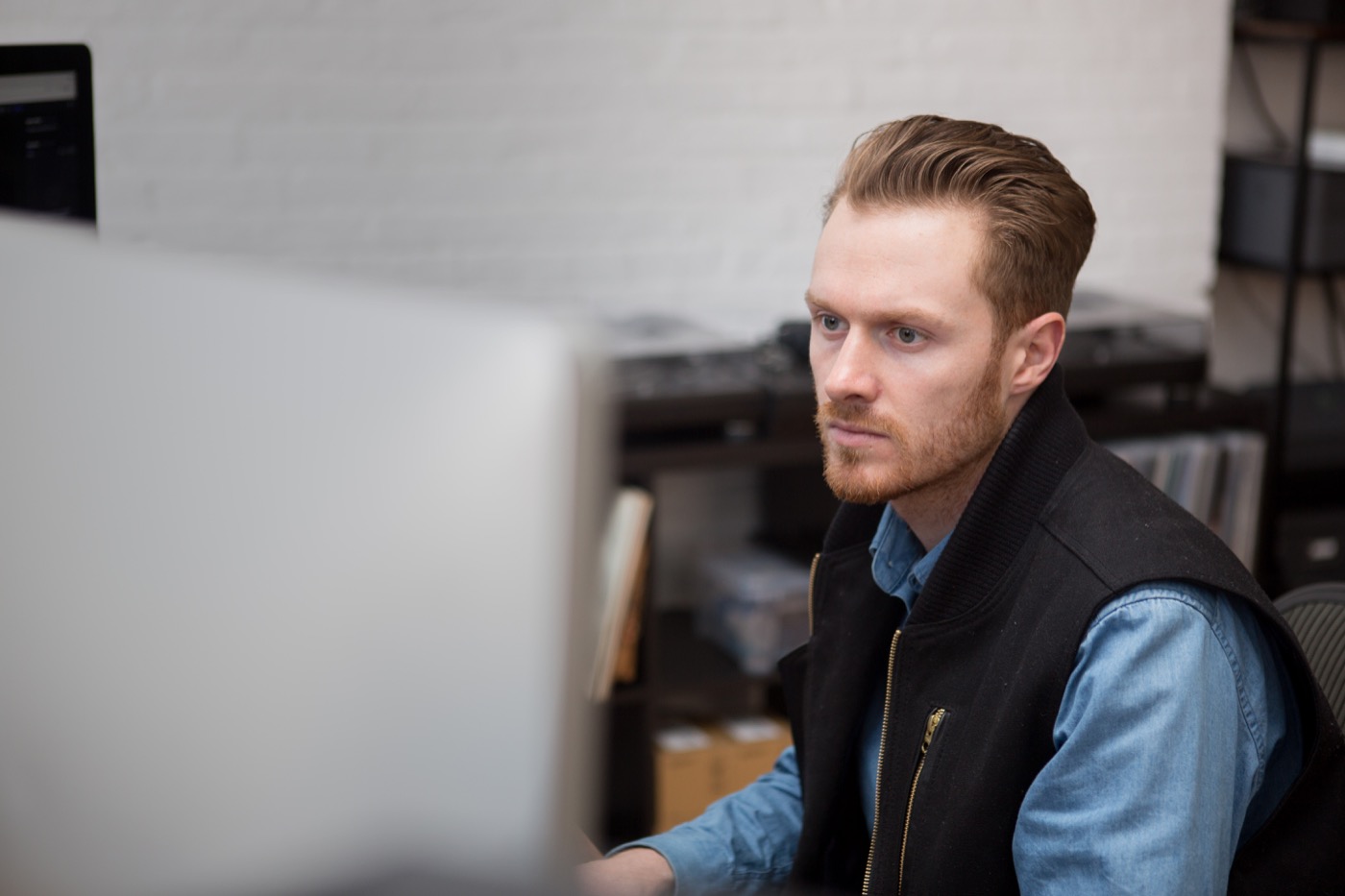
“We were cutting at normal 1080p ProRes 422, which was very beneficial. Coming from traditional post-production, I think the offline/online process is a very intuitive thing to be able to have in the workflow. Many people want to work in a 4k workflow, but I prefer to work more efficiently at 1080p.”
As our recent Oscar-nominee workflow breakdown noted, a 1080p offline, in ProRes or DNx, is still standard practice for most high-end workflows. The offline process naturally requires extra time and effort on the front end, but it can pay off down the line by removing restrictions on the creative flow of the edit.
“The value is always being able to have the machine as snappy as it can be when you’re working creatively. The biggest downer is when you have the machine choke, or if you find yourself waiting for playback. During offline, you have the ability to have your playback cursor track exactly where it’s playing. Anything that stops me in my tracks is not a positive thing, and I think that takes away a little bit of the editorial process and the creative flow.
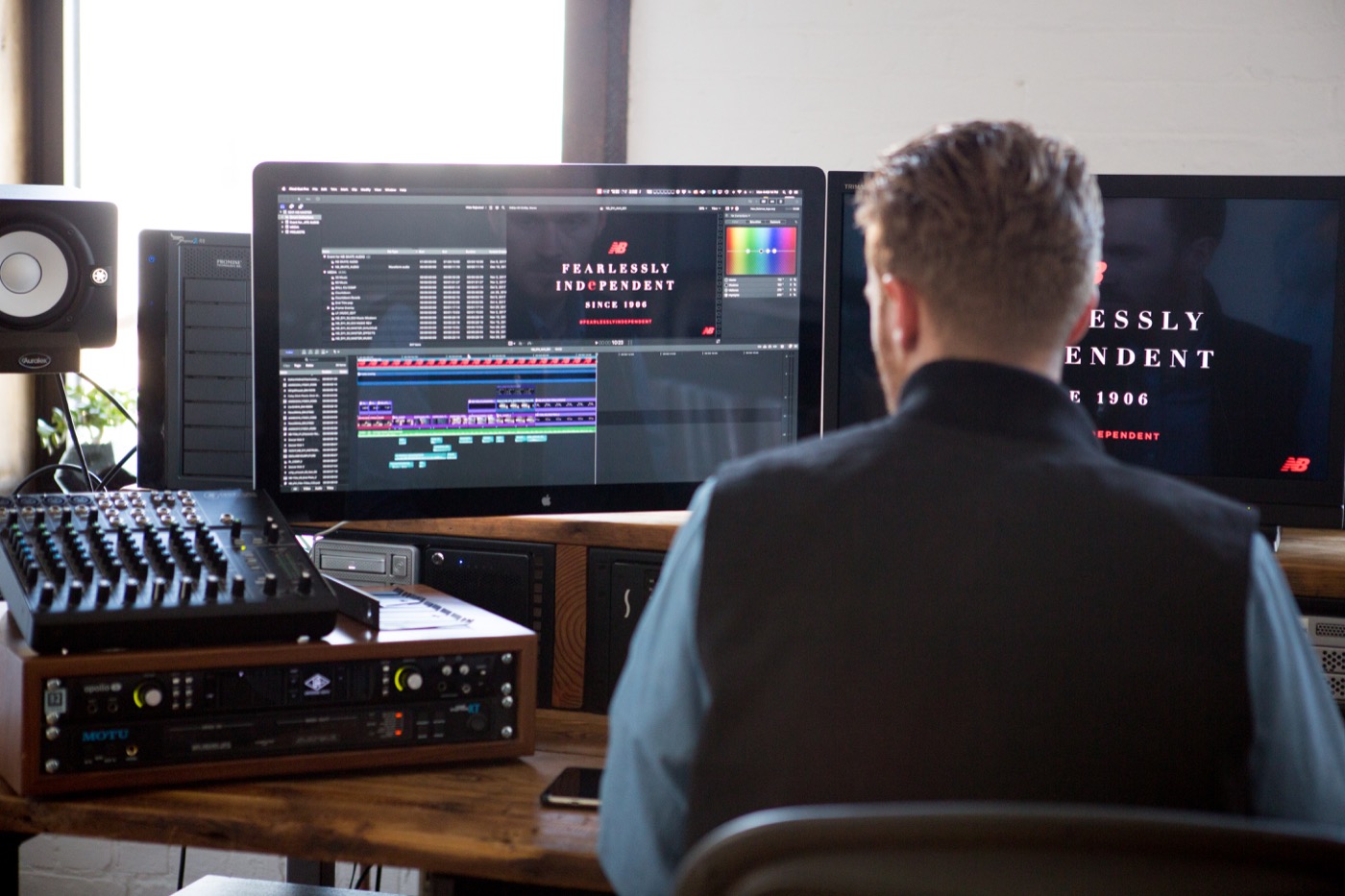
“Across the board, with the Mac Pro I’m running something pretty optimally for Final Cut X. But then again, it’s still dependent on what’s going on with the machine. If there’s any background processing in what you’re doing, you could still see flagging. This is why ProRes is a more optimal format to work with. We obviously have to transcode to work with that material in Final Cut—we can’t realistically be cutting with ARRIRAW.
“We also like having the material at a lower resolution so the actual data footprint is much smaller than the negative. This allows us to take the material and cut at a coffee shop or on the road. Using this in conjunction with Frame.io allows us to be able to upload right away, making quick changes that someone needs to see.”
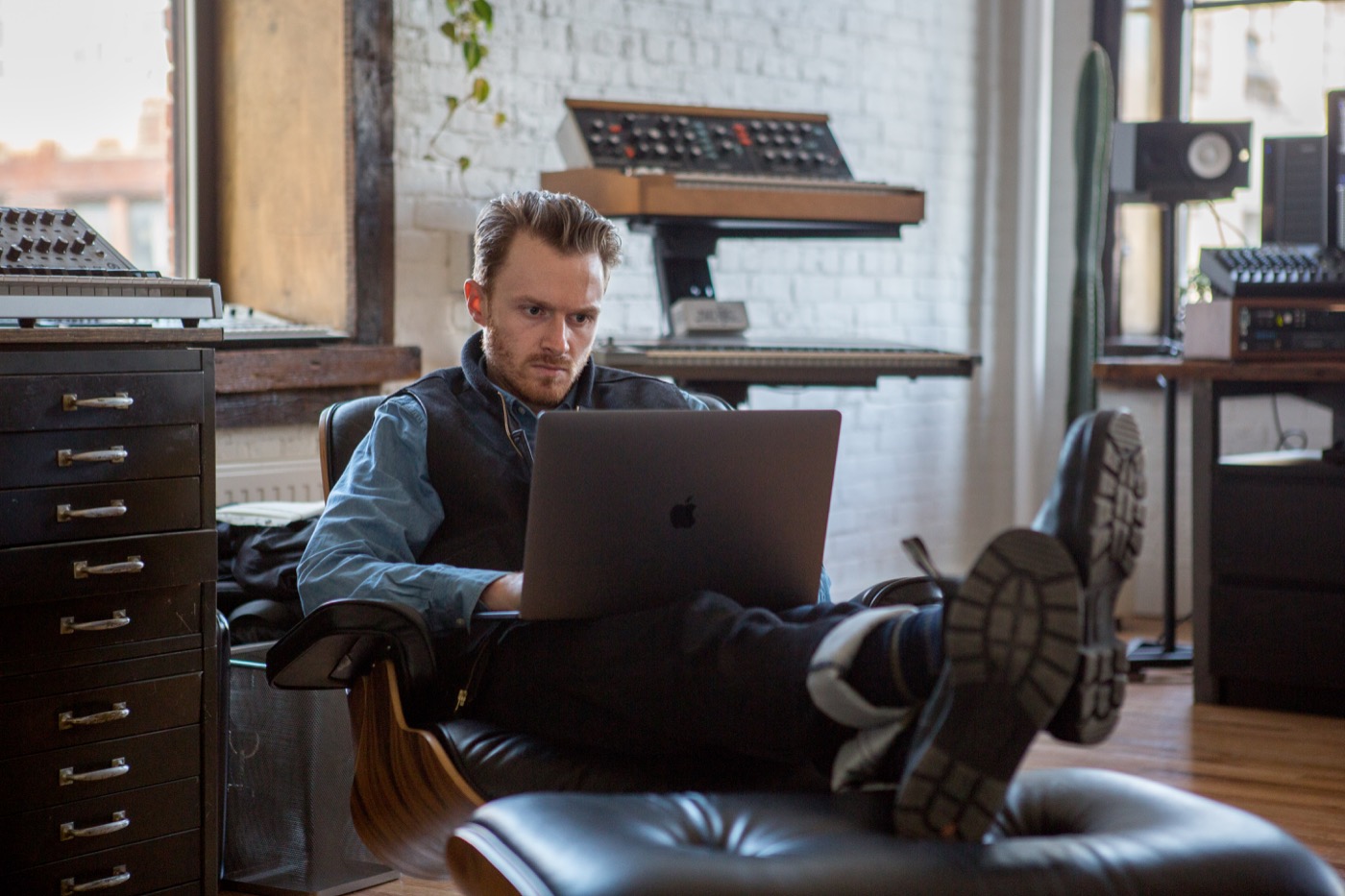
“Separate from the main Mac Pro station, we have an iMac retina in another part of the space with which we’re working. This is the standard workflow for all of our projects. We have that running with a Promise Thunderbolt RAID that makes it very easy to duplicate the material and make it work together on different libraries at the same time.”
Who says FCP X doesn’t work in multi-user environments?
The Collaborative Process
Pulaski interfaced with creatives from a number of different companies throughout the editorial process. These included director Philip Andelman from Identity, creative directors from ACE Content, VFX artists from Baked Studios, and colorists from Company 3.
Andelman, a seasoned music video director, has worked with the likes of Taylor Swift, Beyonce, Selena Gomez, Lenny Kravitz, and a plethora of other recording artists. He also has a strong background in photography. And by “strong” I mean he was Annie Leibovitz’s intern and the Grateful Dead’s official photographer.
Pulaski detailed the elaborate journey of the footage from Andelman’s set to his edit suite.
Did you receive anything else from the camera team? LUTs?
“The DP did have a look that he built on set. For one leg of the production, I handled transcodes on our end, but the other four legs of the production they had on-set transcoding. They were able to provide us with both ARRIRAW as well as ProRes files with the DP’s look burned in. All we had to do was ingest. We took care of all of the pre-conformed work in Final Cut, and then handed over raw files and an EDL to Company 3, where they were able to conform on a Resolve.”
Receiving offline proxy files from set with the DP’s LUT already baked into the image was another important piece of Andrew’s streamlined workflow. While any editing software can easily preview your images with a LUT applied, that requires your machine to continuously calculate the LUT transformation in realtime throughout the editing process, which can drag down playback and preview speeds. These dailies with the LUT pre-applied allowed Andrew to skip over any details of handling LUTs and focus himself entirely on the creative edit.
Finishing at Company 3
Company 3 is a high-end post-production company founded in the late 1990s by legendary colorist Stefan Sonnenfeld. They provide post-production, color grading, and location services for feature films, commercials, music videos and television. If you’ve seen a movie in the past decade, then you’ve seen their work.
“I used Frame.io to share not just the videos and materials with the colorist—Tom Poole at Company 3—but XMLs, EDLs, and graphics as well. The platform is so easy to use and share. It’s so fast for uploading and downloading, especially if there’s a great wireless connection. With fiber it’s phenomenal how fast everything came through, so that worked really, really well. Company 3 was able to take everything flawlessly.”
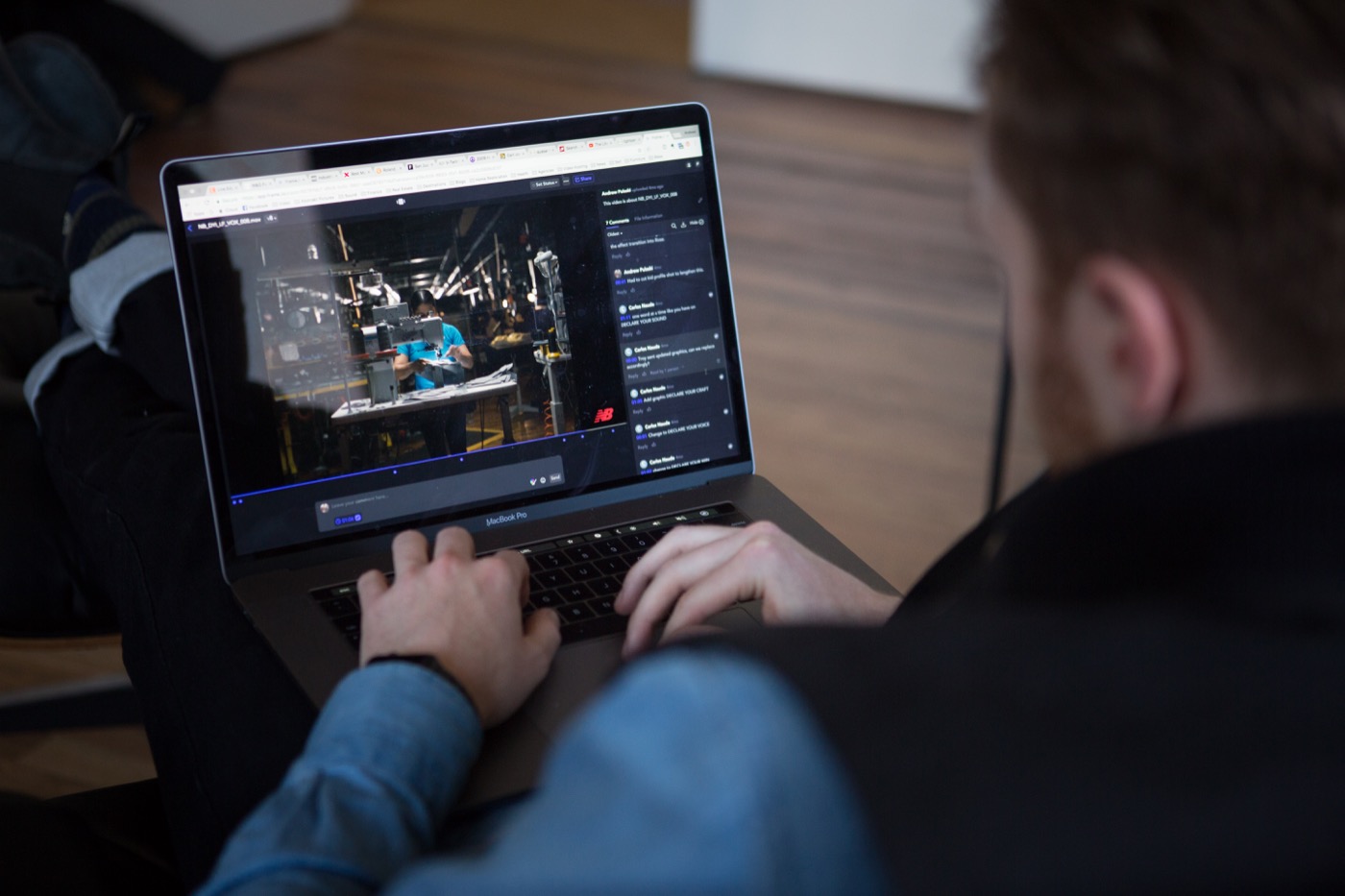
Who else were you interfacing with on the client side throughout the editorial process?
“We were working closely with the creative director from ACE, Carlos Naude, and we also had an art director involved, Matthew Woodard—he played a big part in the editorial, as well as art direction and title treatment. So, the whole model of the film and the ad campaign is ‘Declare Your Independence.’ Every quote in the film used as a graphic related somewhat to each particular athlete.
“Even though the graphics are quite minimal, there was still a back and forth of how things would register. There’s so much energy and action in the frame that we were concerned about the text getting lost. Even though a graphic may be up for 2.5 seconds, sometimes you can miss it when a lot is happening in the background. That was a trick in itself, even though it was a minimal graphic and there’s not really animation going on.”
In addition to Andelman, the creative director, the art director, and the coloring team at Company 3, Pulaski also teamed up with a VFX company to put together a handful of shots.
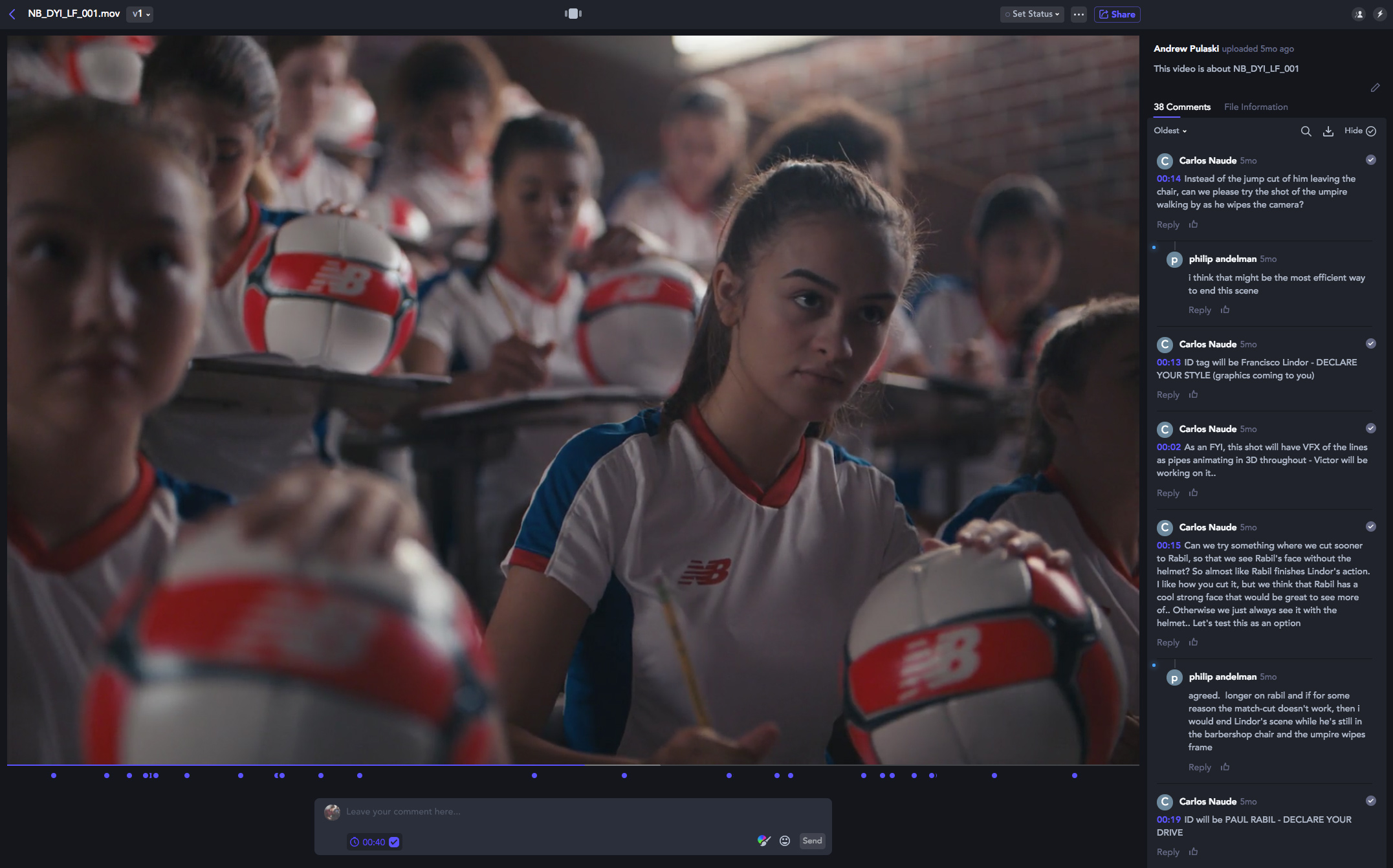
With the transcoding and the color grading, adding the VFX element brought another layer of delivery which the content had to go through. Again, working in an environment where assets were constantly being exchanged, Pulaski knew that communication would play a key role in the process.
“There are a number of VFX shots in the film, and for that we teamed up with a company called Baked. For example, the Rose Lavelle scene has numerous VFX shots. That’s the sequence where all of the kids are being taught by the soccer player in the classroom. First, we had to composite that chalkboard and make it cover the entire wall. Also, when Rose kicks the soccer ball at the screen, that’s a VFX shot as well. She obviously never kicked that ball directly at the camera.
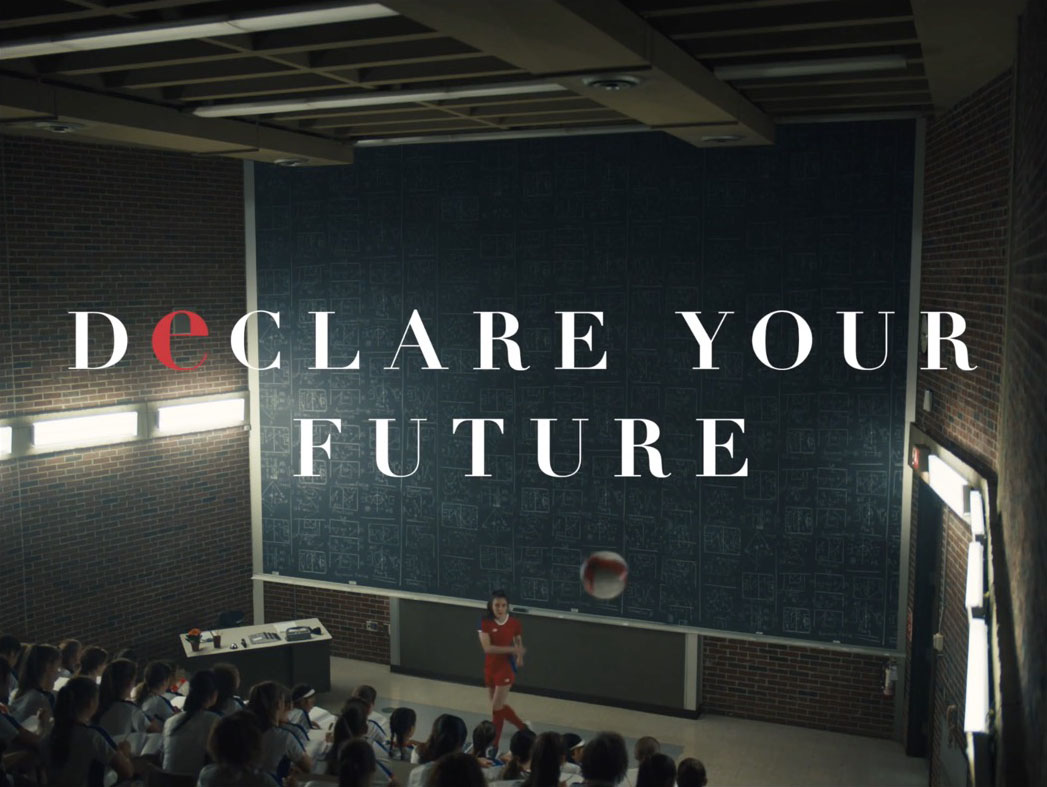
“We also used Frame.io so Tom could work seamlessly with the VFX team. I had them composite everything in a log color space, so Tom was able to color on top of the finalized VFX shots. And then when I got the shots back, they were conformed together with color on top so it felt very organic.
“Throughout the editorial process, we [Abstrakt] were almost like the gatekeeper. VFX shots would be shared and reviewed on Frame.io. Upon approval, Company 3 would be able to ingest on their end to conform and color in DaVinci Resolve. They would then upload the new colored scenes to Frame.io for final conform at Abstrakt.”
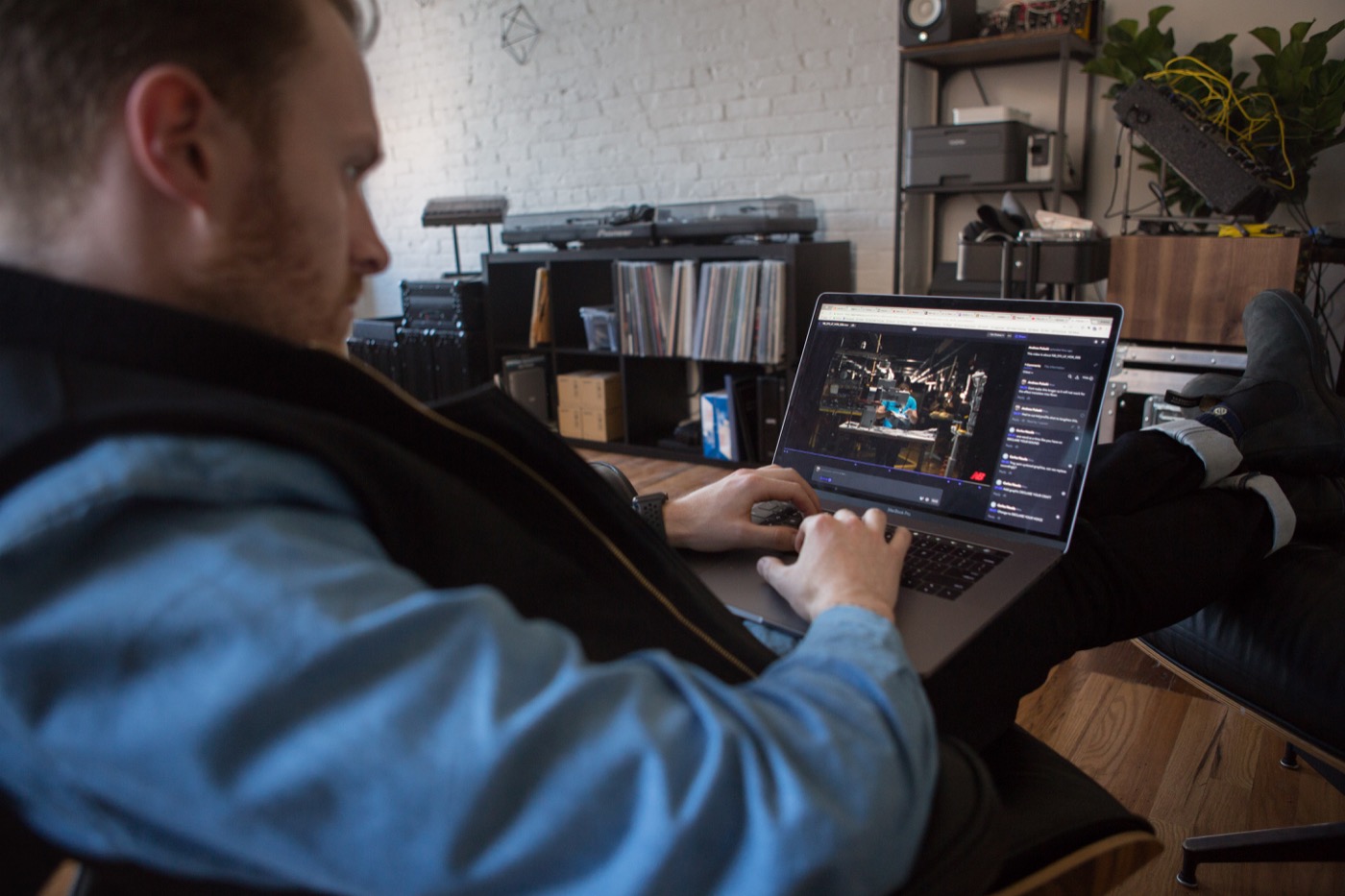
Creative and Technical Challenges
Every production encounters a few obstacles, both on the creative and technical side. No matter how much time you spend in preproduction, things happen on set that can alter or make the director’s vision impossible. This production was no different.
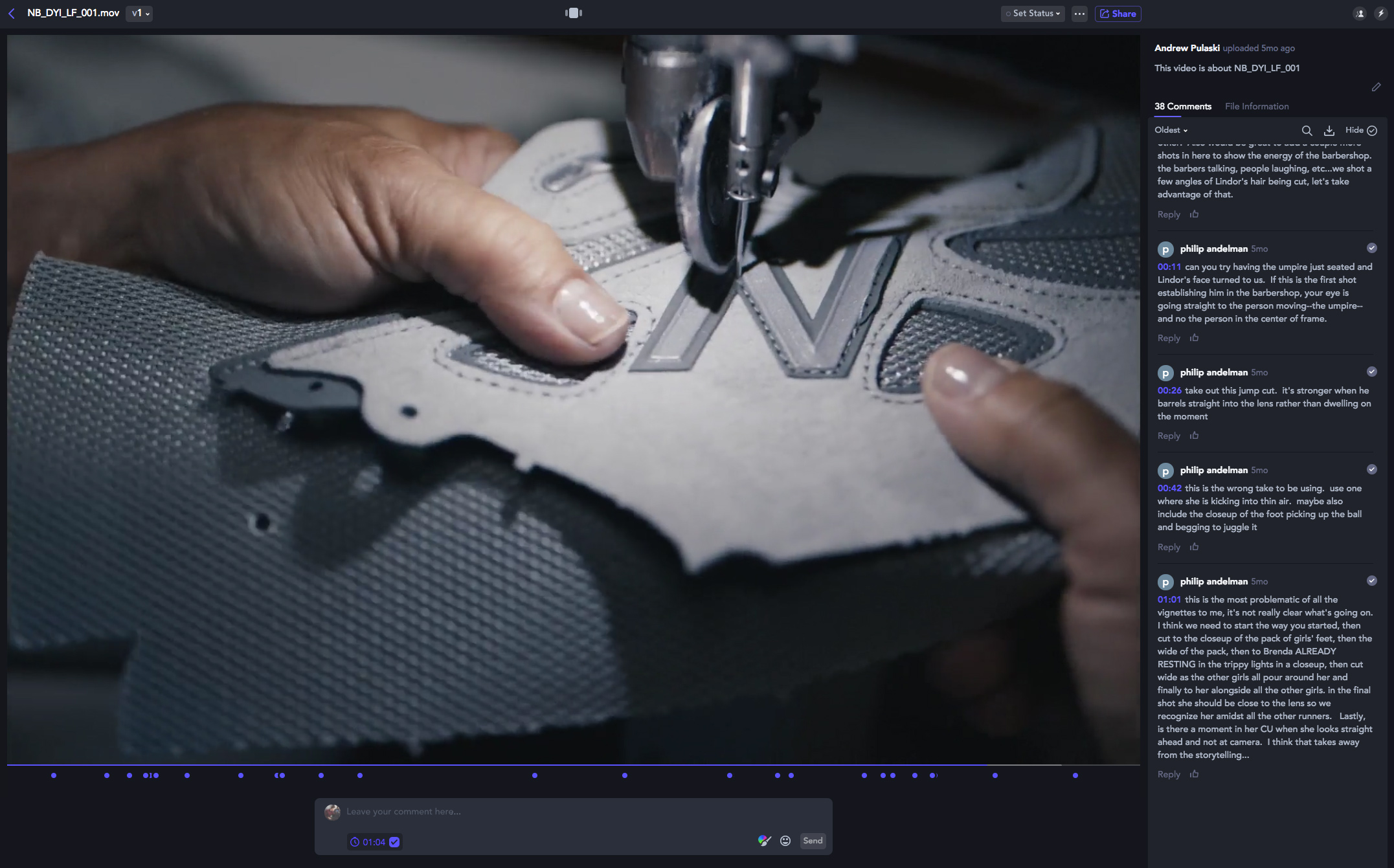
“From a post aspect, every single project needs to have its own blueprint regarding how to build a workflow. To be honest, it’s never perfect in the beginning. We always have to make adjustments to be able to fit what’s going on, not only creatively but also technically. There’s always going to be hiccups down the line. It’s a natural thing that happens, so we have to cope with that and figure out alternatives all the time.
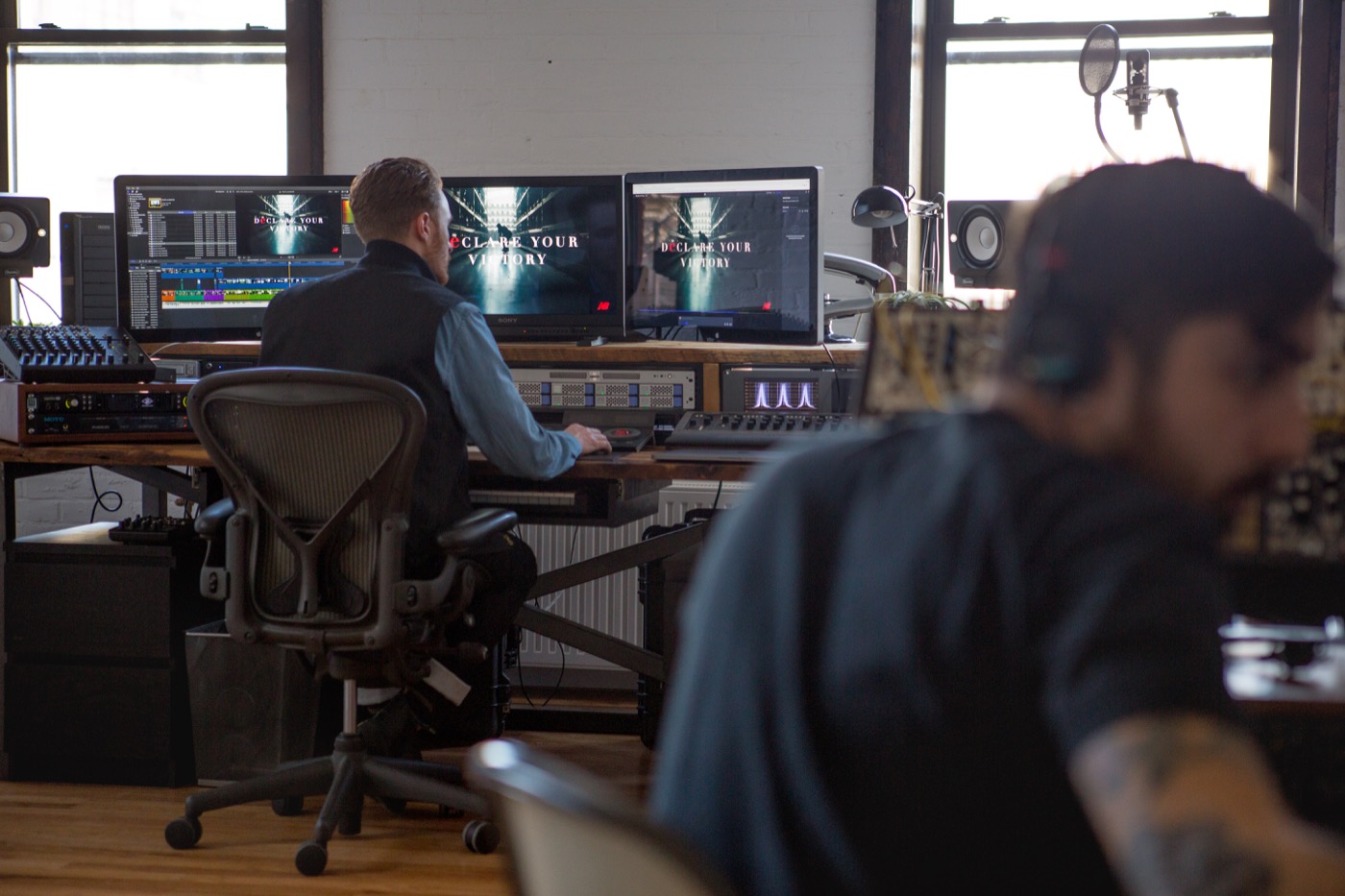
“For instance, let’s say we now want to deliver to Spain and Russia and we need to go to PAL. How do we handle that in terms of the transcoding? Are we going to speed up sound to a certain percentage, cut some frames back and make a new, revised edit that plays a little bit faster? It’s those things that come at you and make you think. Every single scenario has a different way to approach it and assess.
“On the more creative side, the transitions, in particular, were tricky. Some of those required VFX elements to make them work, e.g. the lacrosse ball flying at the screen and the helmets hitting. The director and the agency had a certain vision for the spot, which included how everything would be ordered between the different scenes, how we would follow into each character, and how we would emphasize and get into each transition. However, a number of the transitions ended up not working quite as planned, so I had to toss some new ideas into the arrangement of how each scene would come before the other.
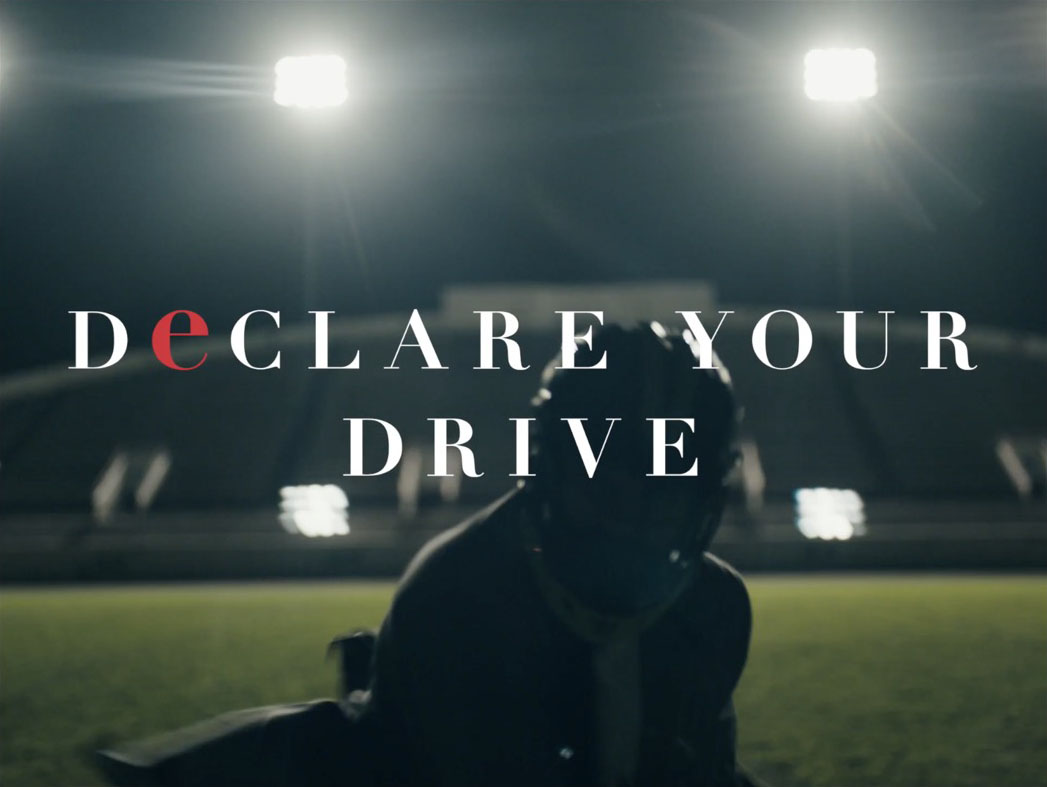
“Other times, special shots made it into the spot which weren’t even scripted. A few times the director had called cut, but the camera operator was still rolling and happened to capture something that we ended up using later on. This allowed us to find nuances, places, and scenes that led us in a new direction. These moments were really special.
“I really enjoy the back and forth aspect of collaboration. I love the whole process of working together with the creative director, those late nights, burning oil. This happened to us when the transitions weren’t working. We had to figure out how to make it work, and it’s only in the depths of the dailies that you find that stuff sometimes.”
Deliverables
After the collaborative process of production and post was complete, Pulaski still had the task of sending out the final deliverables. With multiple platforms and formats to consider, he had his hands full. With the help of Frame.io, however, Pulaski was able to hit his deadlines.
“The turnaround was actually quite quick, and there were a plethora of versions. There’s a long form, a 60 and a 30, and then everything that’s happening with the smaller advertisements. There are a lot of little cut-downs and different iterations with graphics, ‘hashtag this’ and ‘go shop now’, or whatever it may be. I want to say we ended up with somewhere around 60 versions of the spot when you take all the different platforms into consideration.
“But that is what’s so great about the Frame.io companion app. I was able to build output and export presets for not only resolution and frame size settings, but also to send out for delivery to New Balance. With Frame.io I’m compressing the actual output of the deliverable and making new links to be able to share automatically. It used to be a thing where it would take four or five steps, and now with Frame.io it’s one simple step.
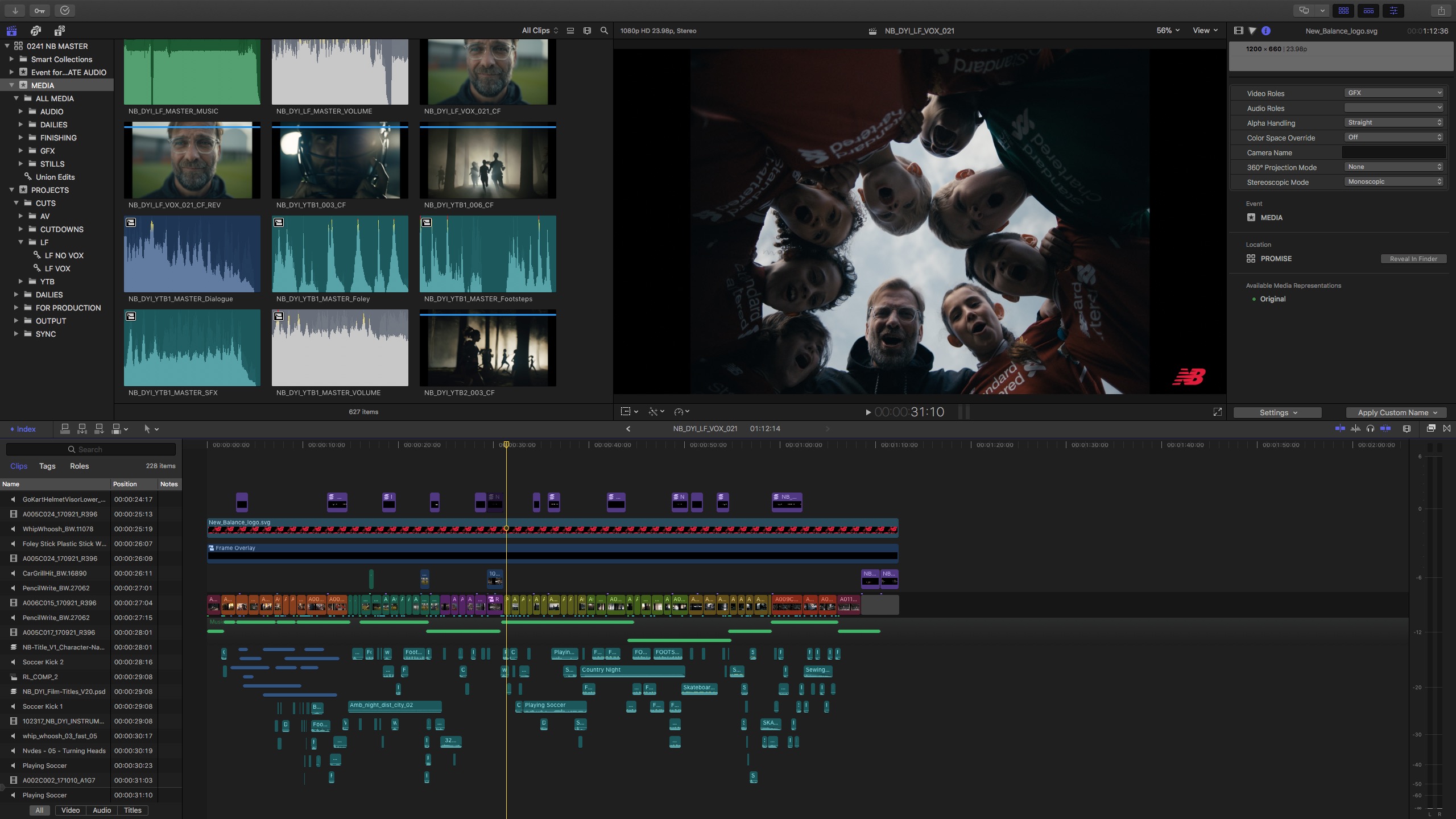
“For most of the online platforms, we’re delivering H.264. All of these platforms, whether it’s Youtube or Facebook, have their own output and resolution specifications that provide optimal results. Since we shot a bunch of interesting frame sizes, we were able to create a number of different presets for these platforms. We also had broadcast delivery, which was ProRes HQ 422.”
Using Frame.io
“Out of all the things that it does, the main thing that is so important is the way it puts people’s ideas in the light of everyone else’s ideas. Everyone can really see what people are thinking, whether it’s the art director or the creative director or the director. Within an instant, we’re all looking at the commercial together and everyone’s ideas are just coming in and populating and we’re all looking at it and reacting to each other. It is so amazing to be able to have that.
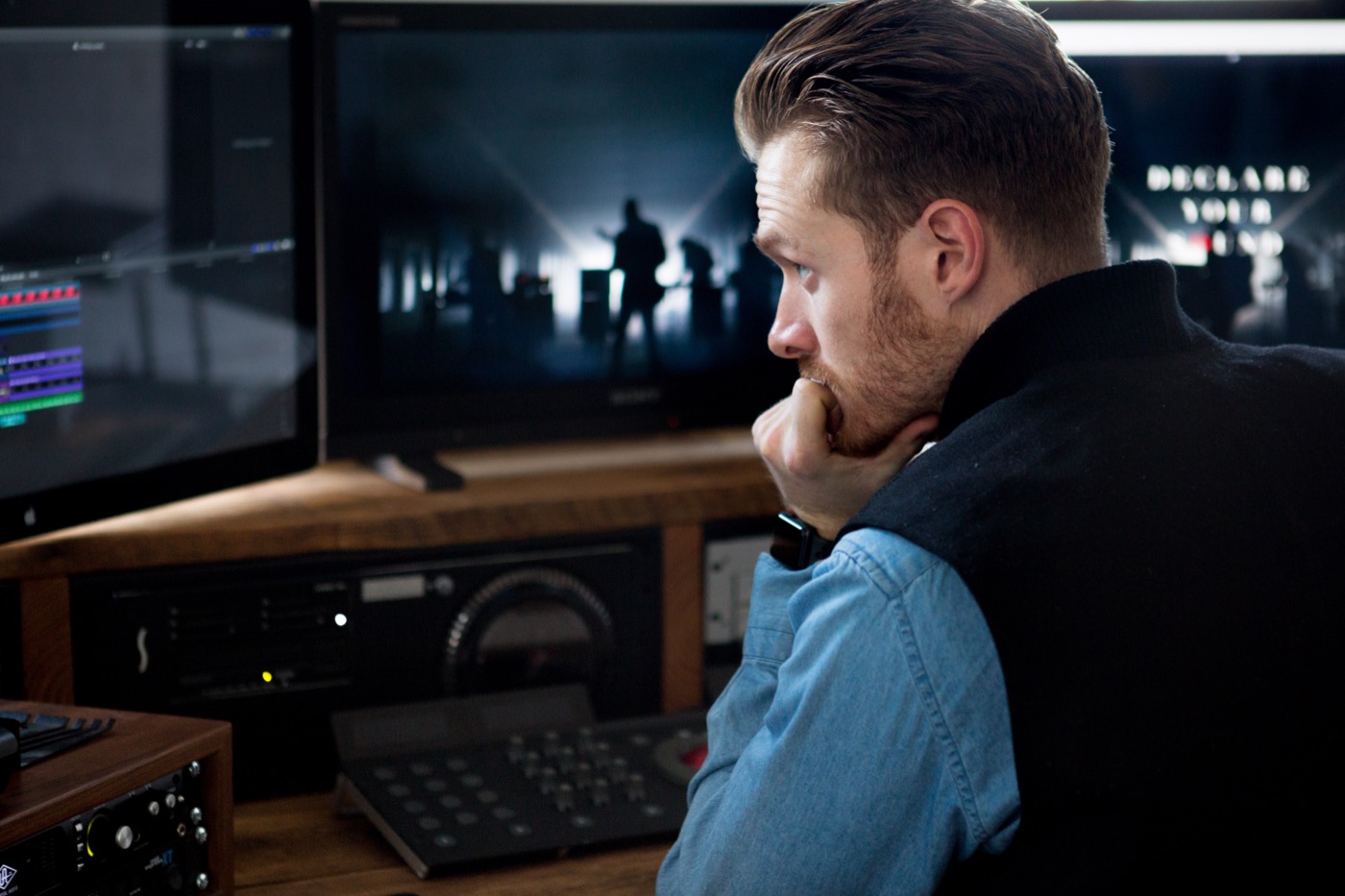
“It really protects our process as well, which I have come to love. All of the minutia of comments through emails is now nonexistent, so that was one of my favorite aspects. Especially as an editor, when sometimes you have comments from two different people, you’re trying to keep up with it and organize everything. It’s so much better if things are timecode-marked and you can get to it and see it instantly.
“Even though I’m working on New Balance and collaborating with Carlos, I’m here in New York and he’s in LA already prepping where we’re going to be moving next. Everyone is always busy. So that tool itself has worked so efficiently, allowing us to easily multitask and work so collaboratively without having to be distracted. The app for the phone is also incredibly useful.”
While this New Balance spot preaches independence, I’m confident that the production crew would advise us to declare our dependence. Filmmaking is all about teamwork, and Pulaski and his creative collaborators certainly illustrate this fact.
[Photography by Erik Teng]

